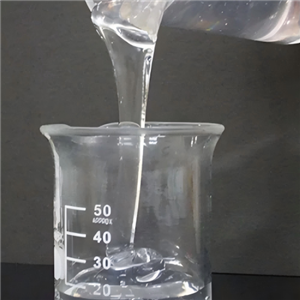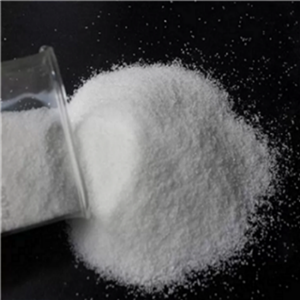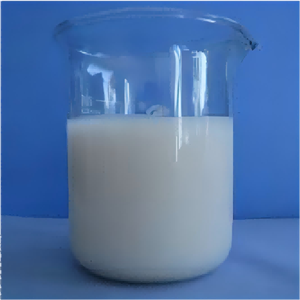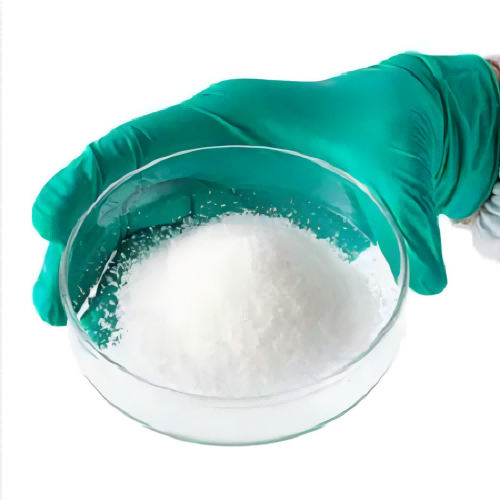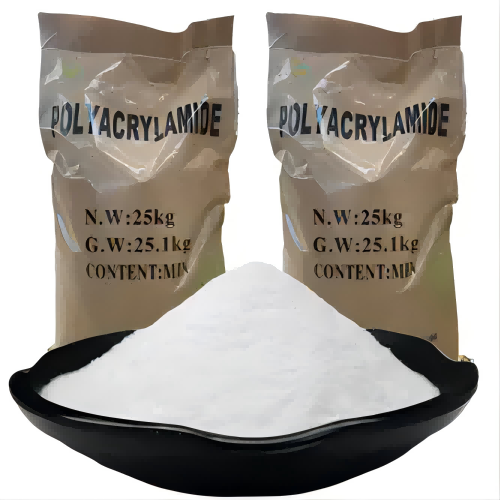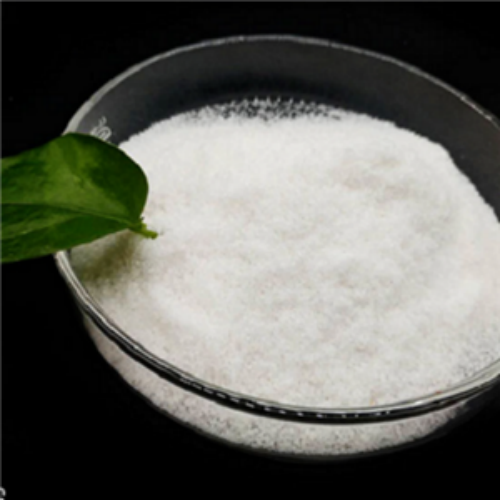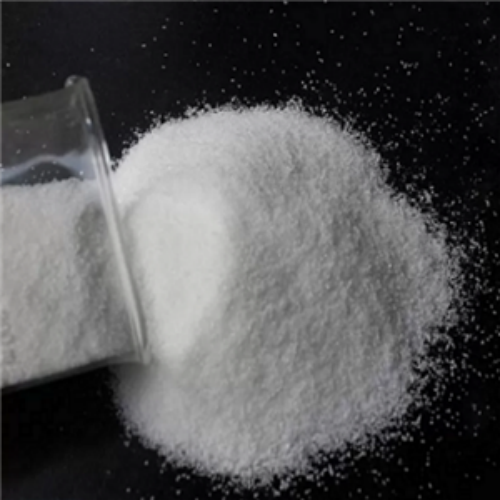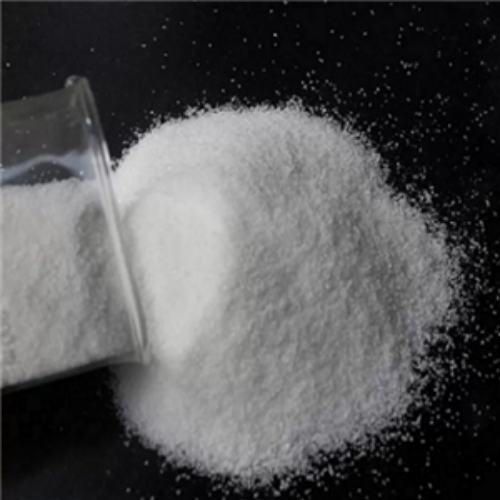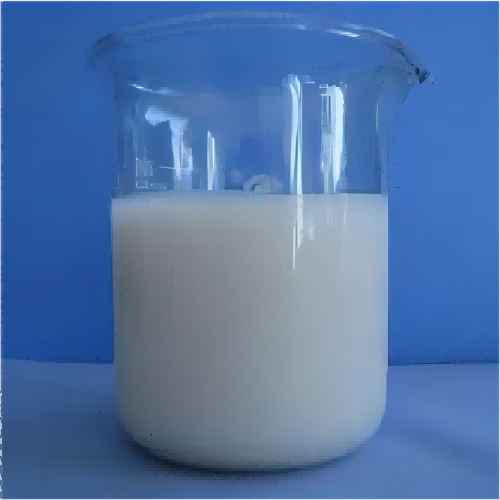
APAM Powder For Wastewater In Oilfield
Brand Jiufang
Product origin Shenyang
Delivery time Lead time: 7days
Supply capacity 2000Metric Tons per Month
1.Every month our factory could produce 2000tons polyelectrolyte powder for oilfield and non ionic polyacrylamide.
2. APAM powder product in the oilfield is widely used in enhanced oil recovery (EOR) and pretreatment of wastewater.
Download
APAM powder product is used in wastewater treatment in the oilfield. It depends on the properies as follwing:
1.The nature of sewage: The composition of oilfield sewage is complex with the salinity (salt content), types and contents of oil, the nature and concentration of suspended solids, etc. All can have an impact on the treatment effect of APAM in oilfield. For example, high salinity might cause the molecular chain of oilfield APAM powder to contract, reducing the flocculation effect of APAM powder product; different types of oil might require different types or molecular weights of oilfield APAM powder to achieve the best treatment effect.
2.Choosing APAM powder product in jar test: Choosing the appropriate type of APAM in oilfield is very crucial. Different oilfield sewage needs jar test based on the specific nature and treatment requirements of oilfield APAM powder to determine the best product type of polyelectrolyte powder for oilfield and dosage.
3.Temperature: Temperature has a certain influence on the dissolution speed and flocculation effect of APAM in oilfield. Generally, within the appropriate temperature range (usually from normal temperature to about 40°C), the treatment effect of oilfield APAM powder is better, but too high or too low temperatures might lead to a decrease in the effect. In practical applications, appropriate adjustments and optimizations for APAM in oilfield need to be made based on the temperature of the oilfield sewage.
4.Stirring conditions: The stirring speed and time for oilfield APAM powder also have an important influence on the flocculation effect of APAM in oilfield. Excessive stirring speed might destroy the formed flocs, resulting in a decrease in the treatment effect; while too slow stirring speed or insufficient stirring time might lead to uneven mixing of the APAM powder product and the sewage, affecting the treatment effect. Therefore, appropriate stirring conditions need to be determined based on the specific situation.
5.Combined use with other polyelectrolyte powder for oilfield: In some cases, might need to be used in combination with other sewage treatment polyelectrolyte powder for oilfield (such as polyaluminium chloride, ferrous sulfate, etc.) to achieve a better treatment effect. For example, when used in combination with inorganic flocculants, their synergy can be utilized to improve the flocculation efficiency and reduce the APAM powder product cost. But when used in combination, attention needs to be paid to factors such as the addition sequence and dosage of the APAM powder product to avoid adverse effects on each other.
Nonionic polyacrylamide does not have ionizable groups on its molecular chain. Its molecular structure is relatively regular and mainly interacts with other substances through hydrogen bonds and van der Waals forces between molecules. Nonionic polyacrylamide has relatively good solubility in water and is less affected by temperature and pH value. It can dissolve rapidly within a wide range of temperatures and pH values to form a uniform solution. Nonionic polyacrylamide has high chemical stability and is not prone to degradation under normal conditions. It can maintain its performance stability within a wide range of temperatures and pH values. Nonionic polyacrylamide is mainly used in oil fields for enhancing oil recovery, sewage treatment, drilling fluid additives, and fracturing fluid additives, etc. In terms of enhancing oil recovery, nonionic polyacrylamide mainly improves the mobility ratio of oil and water by adjusting the mobility of injected water, expands the swept volume, and thereby enhances the crude oil recovery rate. In sewage treatment, it can cause oil droplets and suspended particles to coagulate into larger flocs, accelerate the sedimentation rate, and achieve oil-water separation.
Nonionic polyacrylamide is suitable for treating sewage with a high content of organic matter, such as printing and dyeing wastewater, papermaking wastewater, etc. It can form hydrogen bonds with organic matter to achieve the removal of organic matter.
Additionally, nonionic polyacrylamide can also be used in the treatment of drinking water, with good safety and stability. Nonionic polyacrylamide can be used as a paper strengthening agent, retention aid, and filtration aid in the paper industry; in the textile industry, it can be used as a printing and dyeing assistant and fabric finishing agent, etc. Nonionic polyacrylamide mainly interacts with substances such as suspended particles and colloids through hydrogen bonds and van der Waals forces between molecules to form larger flocs. This flocculation effect is relatively weak and requires a higher dosage of the agent to achieve a better effect. Nonionic polyacrylamide increases the viscosity of the solution through the intermolecular entanglement and hydrogen bond interaction, achieving a thickening effect. Its thickening effect is relatively weak and is greatly affected by temperature and shear force.
The price of nonionic polyacrylamide is relatively high. This is because its production process is relatively complex and the production cost is high.
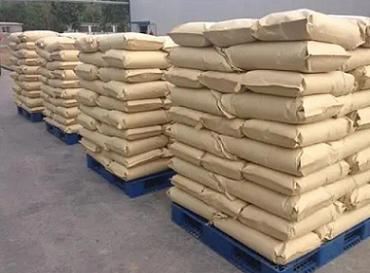
Industry-specific attributes
| Name | APAM in oilfield | |||
| Chemical Formula | (C3H5NO)n | |||
| CAS NO. | 9003-05-8 | |||
Other Attributes
| Appearance | Oilfield APAM Powder | |||
| Solid Content | 90% | |||
| Molecular Weight 10*6 | 16 | |||
| Density(25℃) | 0.75g/cm3 | |||
| PH Value(1% water solution) | 6~8 | |||
| Anionic Charge | 30% | |||
| Dissolving Time,min | <30 | |||
| Storage Temperature,℃ | 0~35 | |||
| Shelf Life,month | 24 | |||
Supply Ability
| Supply Ability | 2000Metric Tons per Month | |||
Lead Time
| Quantity(kilograms) | 1~50 | >50 | |
| Lead Time(days) | 7 | negotiated | |


